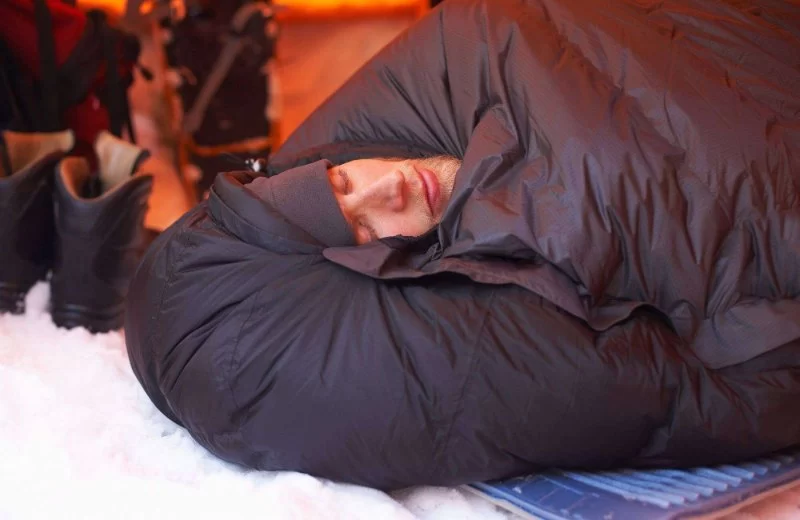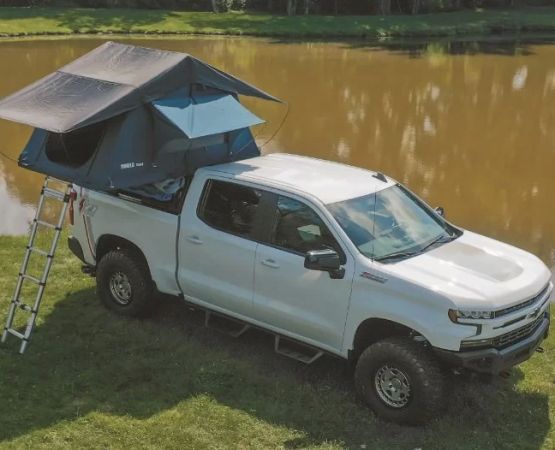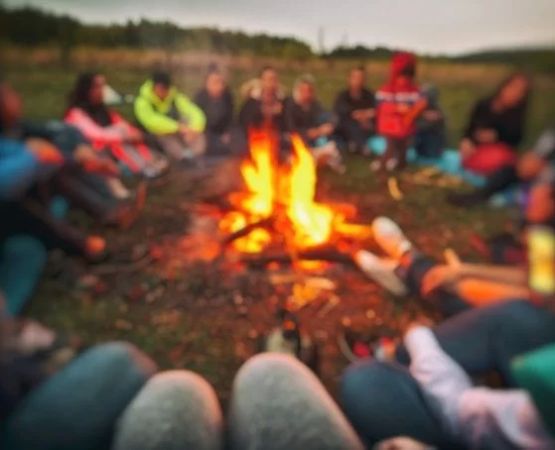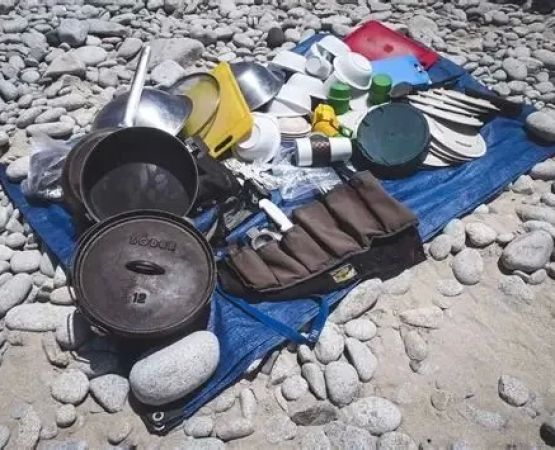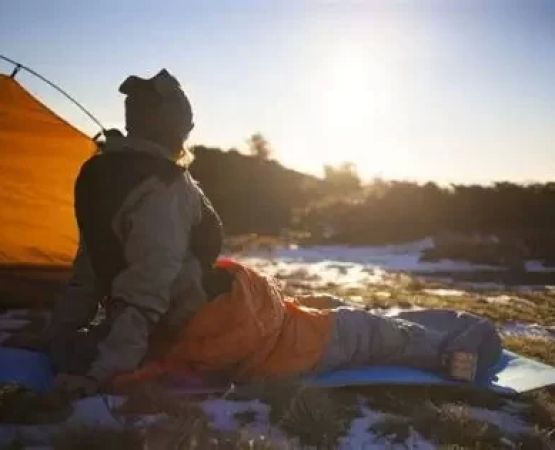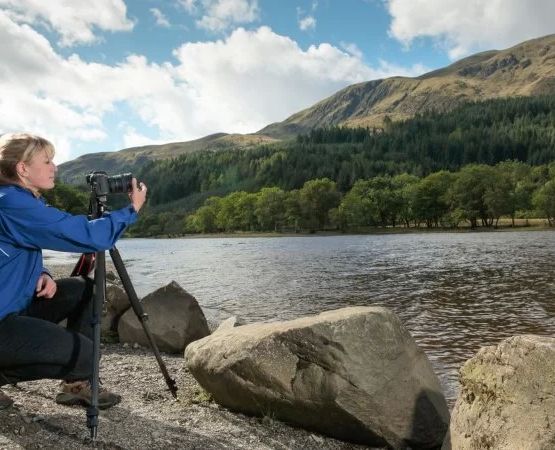- why-add-a-sleeping-bag-liner - Why Add a Sleeping Bag Liner for Added Warmth
- types-of-sleeping-bag-liners-and-fabrics - Types of Sleeping Bag Liners and Fabrics
- how-liners-improve-thermal-performance - How Liners Improve Thermal Performance
- real-world-user-experiences - Real‑World User Experiences and Stories
- choosing-a-liner-based-on-climate-and-use - Choosing a Liner Based on Climate and Use
- practical-considerations-and-care-tips - Practical Considerations and Care Tips
- shop-for-liners-through-pine-cliff-resort - Shop for Liners Through Pine Cliff Resort
1. Why Add a Sleeping Bag Liner for Added Warmth
Adding a sleeping bag liner for added warmth can transform a backpacking setup without buying a whole new bag. A liner is lightweight and compact, yet it boosts insulation significantly. For American outdoor enthusiasts who camp in cool shoulder seasons or alpine zones, choosing the right sleeping bag liner for added warmth helps bridge the gap between seasons and climates. It’s a cost-effective upgrade that enhances comfort, hygiene, and versatility.
Many seasoned campers recall nights in spring where sub‑freezing temperatures crept inside their four‑season bags. Adding a fleece or silk liner made a clear difference—warmth without bulk. That personal insight is key: a well-chosen liner amplifies sleeping bag performance under varied conditions.
2. Types of Sleeping Bag Liners and Fabrics
2.1 Silk Liners
Silk liners are feather‑light, breathable, and soft against skin. They add about 5–7 °F of warmth without significant weight, ideal when space and pack weight matter most. Silk also wicks moisture, keeping you dry through the night.
2.2 Fleece Liners
Fleece liners offer higher thermal gain—up to 15 °F. At around 10–14 oz they’re bulkier, but perfect for cold spring or fall camping. Many users layer fleece over silk for optimal warmth in bivy or tent situations.
2.3 Cotton or Microfiber Liners
Cotton liners are budget choices and heavy; they offer minimal thermal boost and lose their insulating ability when wet. Microfiber alternatives can strike a balance—affordable, machine‑washable, and adding moderate warmth (~7–10 °F).
2.4 Hybrid or Insulated Liners
Some liners pair silk or microfiber with synthetic fill, offering passive loft and insulation of 10–20 °F. These are useful for winter trips or ultra‑light four‑season setups.
3. How Liners Improve Thermal Performance
The thermal benefit of a liner comes from trapping a thin layer of air next to the body, boosting insulation efficiency. For instance, a 20 °F-rated sleeping bag with a fleece liner can perform closer to a 0 °F rating. Liners also reduce internal condensation by keeping the sleeping bag cleaner and drier over time.
Scientific studies show layering with liners increases warmth more effectively than doubling shell thickness. A fabric liner helps maintain loft, protecting insulation from compression caused by body contact.
4. Real‑World User Experiences and Stories
4.1 Winter Trek in Colorado Rockies
During a frigid night at 10,000 ft, camping in Rocky Mountain National Park, one hiker shared that his three‑season bag was freezing. By adding an insulated microfiber liner borrowed from a friend, he slept comfortably through temperatures near 15 °F. That liner made a clear difference, turning a sleepless night into restorative rest.
4.2 Hammock Camping in Smoky Mountains
A pair camping in hammocks in Smoky Mountains National Park found that using silk liners eliminated drafts and reduced pack weight. The liners enabled comfort through chilly nights without adding bulk—a story many hammock campers echo.
4.3 Multi‑day Backpacking in Alaska
An Alaska trekker described how alternating liners—starting with silk during mild nights and switching to fleece liners when wind and rain arrived—made her gear system adaptable and reliable. This mix‑and‑match strategy illustrates why choosing the right sleeping bag liner for added warmth adds flexibility.
5. Choosing a Liner Based on Climate and Use
5.1 Mild or Warm Conditions
For spring or early fall camping in temperate zones like the Appalachian Trail or Sierra foothills, a silk or microfiber liner offers comfort with minimal weight. It boosts warmth slightly and keeps your sleeping bag clean.
5.2 Cold Weather Camping
Heading into cold zones—like late‑season Rockies or high altitudes—requires fleece or insulated liners. The warmth added by those liners can literally save you from exposure on extended trips.
5.3 Backpacker vs Car Camper Configuration
Ultralight backpackers often opt for silk liners; car campers may choose fleece for comfort. If your trip mixes wild camping with lodge stays (for example, on alpine treks from Pine Cliff Resort), having both styles lets you swap based on venue and temperature.
6. Practical Considerations and Care Tips
6.1 Hygiene and Cleaning
Liners protect your sleeping bag from sweat and oils. Most liners are machine‑washable—silk with delicate cycle, fleece in warm water. Keeping a clean liner extends the life of your main bag and avoids odor buildup.
6.2 Storage and Moisture Management
Store liners dry and loosely packed. This preserves fabric integrity and reduces mildew risk. In humid or wet camping, hang liners to dry daily or use breathable bags instead of plastic.
6.3 Packing Strategy
Pack liners in compression sacks or mesh stuff sacks for easy access. Layering inside the bag or bivy allows quick removal if heat builds. For multi-climate trips, pack two thin liners rather than one bulky one for flexibility and layering options.
7. Shop for Liners Through Pine Cliff Resort
Pine Cliff Resort offers a curated selection of sleeping bag liners tailored to outdoor seasons and climates. Whether you need ultralight silk liners, warm fleece liners, or hybrid insulated models, their gear recommendations consider both thermal performance and weight.
7.1 Expert Gear Guidance
The team at Pine Cliff Resort understands climate zones—from desert chill to alpine snowpack—and can match liners to your intended environment. Their advice often includes pairing liners with specific sleeping bags for optimal warmth ratings.
7.2 Customer Feedback and Support
Campers who booked through Pine Cliff Resort often mention that liner recommendations made their backpacking trips more comfortable. Reported benefits include improved sleep quality at altitude, predictable warmth levels, and easier gear management.

